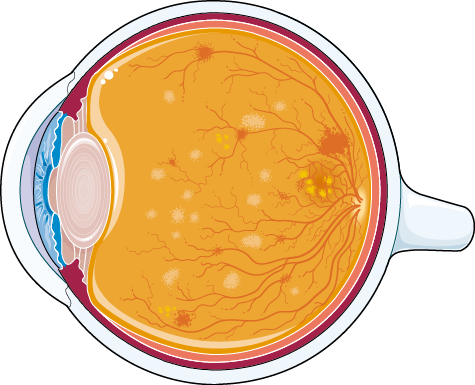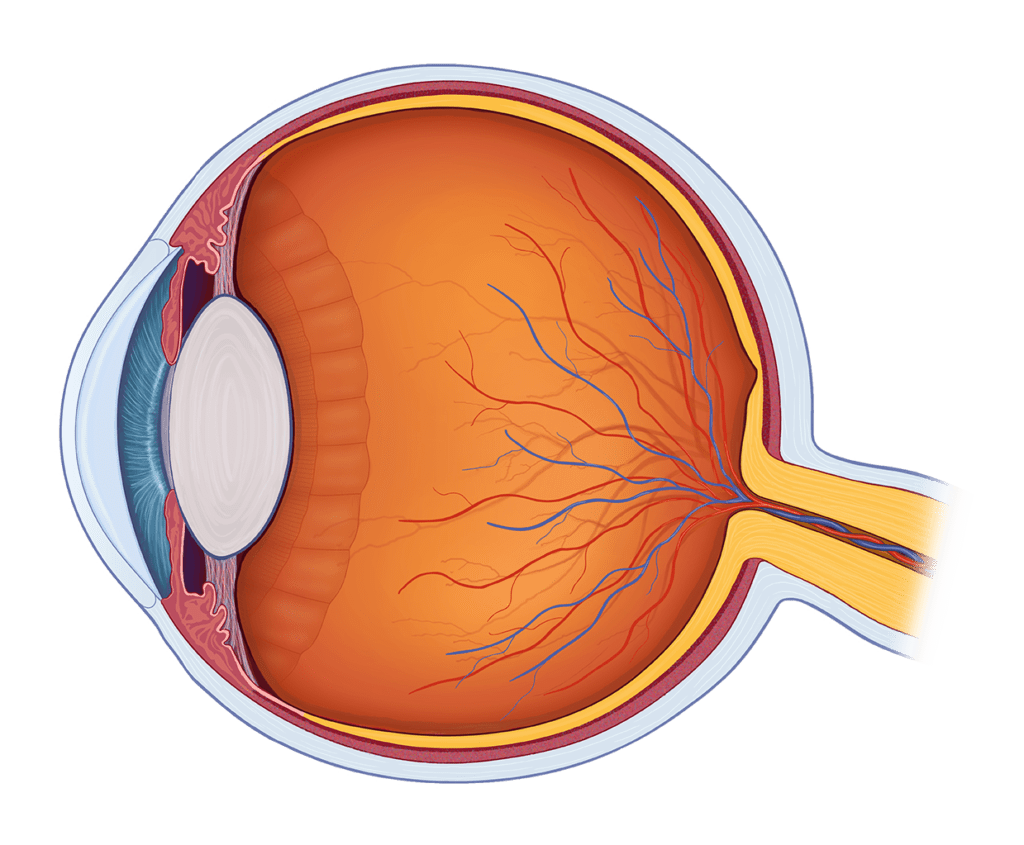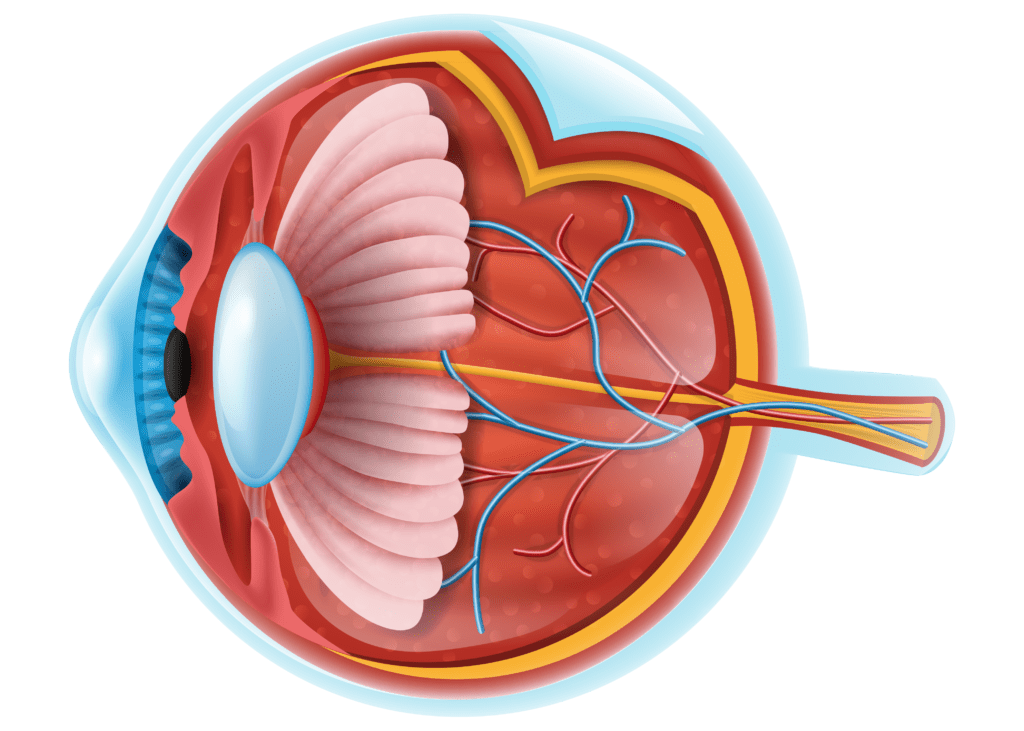EYE CARE SOLUTIONS
Professional expertise




What we do?
Diabetic Retinopathy Grading
Telemedicine in Ophthalmology
Consulting Ophthalmology
AI in Ophthalmology
Diabetic retinopathy is a common complication of diabetes and is a major cause of vision impairment and blindness worldwide (WHO, 2019a) (Box 1).
WHO’s Global report on diabetes (WHO, 2016) and the World report on vision (WHO, 2019a) have highlighted the importance of diabetic retinopathy screening as a means of preventing blindness and vision impairment, and it is one of WHO’s recommended effective interventions for noncommunicable diseases (WHO, 2017).
In diabetes, elevated blood sugar levels damage the capillaries in the retina, resulting in a range of different, visible changes (Figure 1), collectively known as diabetic retinopathy (DR).
The most common method of retinal screening is retinal photography. Trained graders examine the retinal images, looking for signs of DR. These signs are used to classify the level of disease severity and determine whether there is need to refer the patient for treatment. There are different classifications available, and each country or programme uses the one most appropriate to their setting.
Telemedicine is a general term that covers all of the ways you and your doctor can use technology to communicate without being in the same room. It can include:
- Phone calls or video chats where you talk live with your health care provider
- Using email or another secure system to send messages and receive responses
- Remote monitoring that lets your doctor check up on you without your leaving your home. For example, a device might take your vital signs and send them to your doctor.
We provide professional consulting services with expertise from professionals.
Artificial Intelligence (AI), a term introduced in the 1950s, refers to software that can mimic cognitive functions such as learning and problem solving. It makes it possible for machines to learn from experience and adjust to new inputs. AI machines can be trained to accomplish such tasks by processing and recognizing patterns in large amounts of data. It has numerous applications in several fields of ophthalmology.
